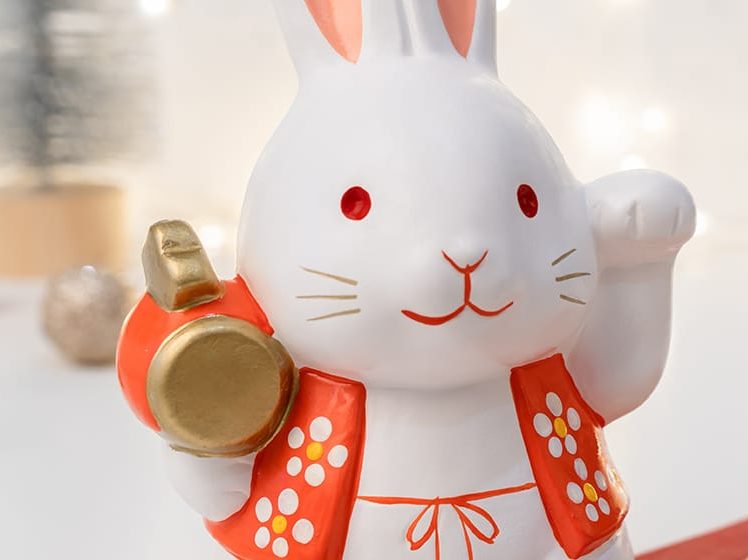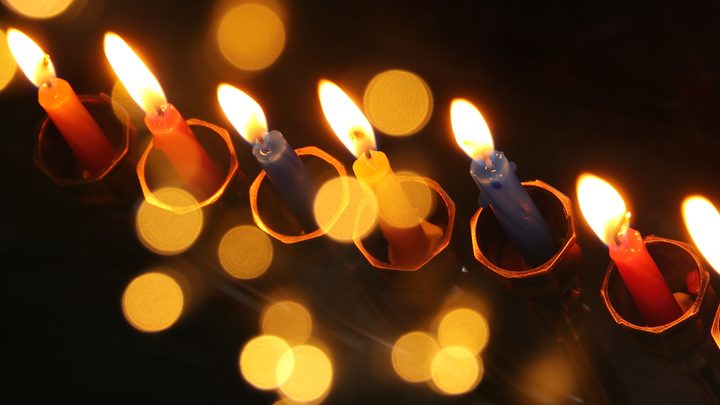Happy Lunar New Year, everyone! It’s Lauretta from the University of York again. I’m from Hong Kong (SAR) and I’m going to tell you all about the Lunar New Year and the traditions I grew up with.
History of Lunar New Year
It all started with a legendary myth in ancient China, long ago. Happy families lived in a peaceful village by the sea. Whenever spring arrived, a bloodthirsty beast in the sea would come out of hibernation feeling very hungry.
Every year, the beast would prey on children. They called it the “Annual Beast”. Swords and shields were no use against it. Then, one year, someone finally discovered that the beast was terrified of the colour red and loud noises!
Villagers soon gathered and made firecrackers, prepared gongs, drums, and anything that could make noise. Red paper and garments were given to each child. Next spring, the beast was so scared, it retreated and never came back!
Today’s traditions
There are endless versions of the tale and various scientific facts that explain the origin of the Lunar New Year. No matter which version of the story you prefer, it all boils down to the years of tradition that come with this celebration.
Every year, married adults give out red packets to the young people in the family (with money, or chocolate coins in them). Walking past windows or doors, you may see poetry written in Chinese calligraphy on rectangular red paper. They are wishes and blessings for the new year.
If you’re in the right place, firecrackers will be let off and massive parades are held. For the exciting “dragon and lion dance”, try your nearest Chinatown! These activities are all part of the big celebration and represent the safekeeping of the people.
Understand the calendar
To make sense of Lunar New Year (which I prefer to call the Spring festival), you must understand its calendar. So, go online, get a Chinese calendar, or simply check your phone and find New Year’s Day.
Once you know when the first day of spring/the new year is, you can start counting backwards (yes, backwards). We call the first day of the new year “Grand New Year’s Day”. From this date, we go back three days, and this is when many people start preparing for the celebration. We roughly call it “the 28th”. If you’re really traditional, you can start eight days beforehand.
- On the 28th (three days till the New Year), we deep clean: sweep all the dust out of your home and get ready for a clean, fresh new year!
- On the 29th (two days till the New Year), we put up Duilian (the red papers with the poems that I mentioned above) and decorate!
- On the 30th (New Year’s Eve), families, friends, and anyone you feel like you belong with gather to eat (hotpot would be a modern but nice choice).
- On the Grand New Year’s Day, some people visit their father’s side of the family, see relatives and just chill, really. Red packets are given out.
- On the 2nd (day after New Year’s Day), you do the same thing except with your mother’s side of the family.
- On the 3rd, the superstition is that you should avoid seeing too many people or you’ll get into quarrels!
- On the 4th, for believers, it’s a day to remember the dead and your ancestors.
- On the 7th, it’s (literally) everyone’s birthday! This is a fun one.
- On the 15th, we gather again (and eat, of course), under the first full moon of the new year.
And that’s a simple version of Lunar New Year! This year, 2023, is the year of the rabbit. So, for those who are born in 1975/1987/1999, it’s your year! I would love to tell you about the Chinese zodiacs, but that will have to be a story for another day.
Thank you for reading and I wish you a wonderful Lunar New Year!






